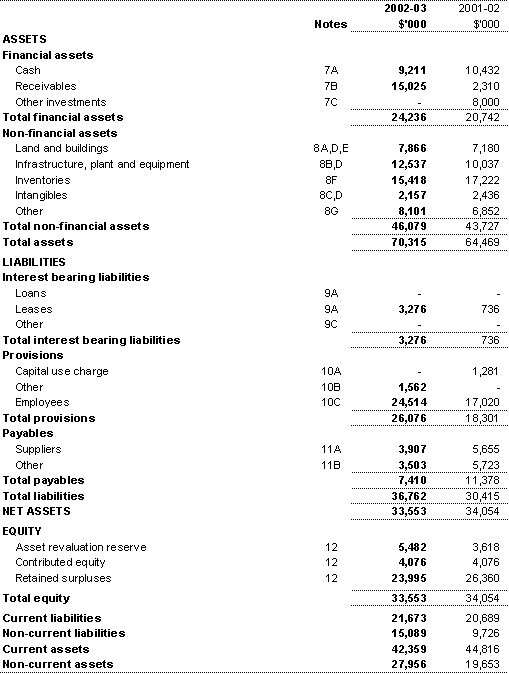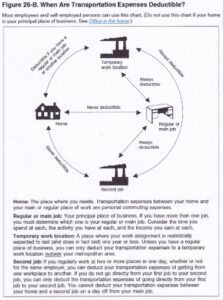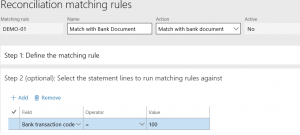
Account reconciliation aids in financial reconciliation, ensuring that the numbers reported on the financial statements reflect the company’s true financial position. This process helps businesses identify discrepancies or anomalies that could indicate error or fraud. As a result, companies can act swiftly to rectify these issues, protecting their financial health and integrity. Bank reconciliation statements compare transactions from financial records with those on a bank statement. Where there are discrepancies, companies can identify and correct the source of errors.
Where Do Non-Sufficient Funds (NSF) Checks Go on a Bank Reconciliation?
It accounts for transactions related to inventory and accounts payable and reconciles discrepancies. Additionally, it considers factors like the allowance for obsolescence and inventory valuation. Income tax liabilities are reconciled through a schedule to compare balances with the general ledger. Adjustments are made as necessary to reflect any differences via journal entries. This one doesn’t have to be a comparative trial balance, because you’re only interested in checking the new balances after all your journal entries have been completed. Be sure recurring journal entries and reversing entries have been completed.
What Causes Reconciliation Discrepancies?
And while most financial institutions do not hold you responsible for fraudulent activity on your account, you may never know about that fraudulent activity if you don’t reconcile those accounts. Using the bank reconciliation example above, if your spending doesn’t take into account the $12,000 in outstanding checks, you can easily overspend available funds. While very small businesses can use cash basis accounting, if you have employees or have depreciable assets, you’ll need to use accrual basis accounting. Cash accounting is the easiest way to manage your accounting, and provides a better picture of your cash flow, but is only a suitable method for very small businesses.

How Often Should You Do a Bank Reconciliation?
Adding Auto Entry or Dext to import invoices or cash receipts and code them will also reduce the risk of errors and save time. An intercompany reconciliation consolidates the general ledgers of all the departments into one general ledger. It also provides a better understanding of the company’s financial position, allowing more informed decisions about its future development and growth. • Reduced Fraud – Account reconciliation provides an extra layer of protection against potential fraud or other financial mismanagement within the business. Finally, when correcting journal entries are required, the BlackLine Journal Entry product automates this portion of the process as well.

In the case of personal bank accounts, like checking accounts, this is the process of comparing your monthly bank statement against your personal records to make sure they match. Many banks allow you to opt for fee-free electronic bank statements delivered to your email, but your bank may mail paper bank statements for a fee. Reconciling your bank statements simply means comparing your internal financial records against the records provided to you by your bank.
How Accounts Receivable and Accounts Payable Automation Improves Account Reconciliation Process?
An investigation may determine that the company recorded bank fees of $1,000 rather than $100. As such, a $900 error should be noted in the reconciliation and an adjusting journal entry should be recorded. Accounts receivable, accounts payable, inventory, and fixed assets may be tracked in separate subledgers or schedules.
Before you begin, gather all relevant documents like statements, invoices and company records. Organising them chronologically or by type can make cross-referencing more efficient and manageable. Choosing the right automated account reconciliation software can be a daunting task.
Account Reconciliation is verifying and adjusting the balances of two financial statements to ensure they agree. It is used to identify and correct any discrepancies between financial records. The account reconciliation process must be completed before a company can certify the integrity of its financial information and issue financial statements.
We refer to them as bank, vendor, customer, business-specific, and intercompany reconciliation. Moreover, the process of account reconciliation can also be automated or assisted with the help of financial software or services, although human oversight is usually necessary to validate and verify the results. The function of account reconciliation is typically carried out by accountants or finance professionals within an organization. This can include staff accountants, finance officers, bookkeepers, or anyone else responsible for financial management and oversight.
This relatively straightforward and quick process provides a clear picture of your financial health. Consider reconciling your bank account monthly, whether you set aside a specific day each month or types of assets do it as your statements arrive. As with deposits, take time to compare your personal records to the bank statement to ensure that every withdrawal, big or small, is accounted for on both records.
Some systems record all transactions involving cash in a ledger called a cashbook. Reconciling these accounts is usually a simple matter of making sure that the balance in the relevant subledger or schedule matches the balance in the general ledger. Even if you are using software that automatically downloads your monthly bank transactions, it’s still important to reconcile your accounts. Here is a simple process you can follow to make sure your accounts are reconciled every month. When done frequently, reconciliation statements help companies identify cash flow errors, present accurate information to investors, and plan and pay taxes correctly.
For example, say ABC Holding Co. recorded an ending balance of $500,000 on its records. After careful investigation, ABC Holding found that a vendor’s check for $20,000 hadn’t been presented to the bank. It also missed two $25 fees for service charges and non-sufficient funds (NSF) checks during the month. To successfully complete your bank reconciliation, you’ll need your bank statements for the current and previous months as well as your company ledger. An online template can help guide you, but a simple spreadsheet is just as effective. Financial statements show the health of a company or entity for a specific period or point in time.
- An investigation may determine that the company wrote a check for $20,000, which still needs to clear the bank.
- Prepaids are recognized gradually as an expense, using a monthly allocation with a journal entry to reduce the prepaid asset balance and record the expense on the income statement.
- When you compare the two, you can look for any discrepancies in cash flow for a certain time frame.
- A business that processes a few transactions a month may be able to reconcile its accounts monthly, while a larger business with hundreds of transactions daily may need to reconcile its accounts more frequently.
- Regular reconciliation helps spot any unauthorized transactions, preventing deceptive actions by team members or third parties.
Physical inventory counts must be reconciled with the general ledger, and discrepancies that can’t be resolved are recorded using journal entries. Thirdly, account reconciliation is vital to ensure the validity and accuracy of financial statements. Individual transactions are the building blocks of financial statements, and it is essential to verify all transactions before obsolete inventory relying on them to produce the statements. Vendor reconciliations involve comparing the statements provided by vendors or suppliers with the business’s accounts payable ledger. This helps ensure that the company pays vendors and suppliers accurately and on time. If you use double-entry accounting in your business, you need to do account reconciliations monthly.
This may occur if you were subject to any fees, like a monthly maintenance fee or overdraft fee. For interest-bearing accounts, a bank adjustment could be the amount of interest you earned over the statement period. The goal of bank account reconciliation is to ensure your records align with the bank’s records.
Businesses worldwide must also comply with all local laws and regulations. Timing differences occur when the activity that is captured in the general ledger is not present in the how to record a sale or payment supporting data or vice versa due to a difference in the timing in which the transaction is reported. A trial balance can tell you a lot about your business in a single glance.

In some circumstances, you can even recover the money you’ve lost (if it was due to an error on someone else’s part) if reconciliation is done timely. When you fix common issues through bank reconciliation, you prevent more money from leaving your business. You can spot existing issues that caused excessive spending, which can help you build a better accounting process with more financial clarity and transparency. By having a clearer picture of your business’s financial health, you can plan your budget accordingly and avoid taking out unnecessary loans to cover costs, preventing further payments like interest.
Cash flow may also be affected if general ledger account balances are inaccurate. Stripe’s reconciliation process involves comparing your business’s internal records, such as invoices, with external records such as settlement files, payout files and bank statements. Stripe’s automated system handles this comparison, enabling you to capture revenue accurately and reconcile your internal accounting systems with Stripe-processed charges and refunds at a transaction level. At its core, account reconciliation involves comparing two sets of records to check that the figures match. Often, this process involves comparing internal financial records against monthly statements issued by external sources, like banks.
The bank account reconciliation process involves checking that all the transactions recorded on the bank statement (General ledger account) are correct. There is no point in making cash flow and customer collection projections based on unreliable accounting and management data or even calling customers for collection if the amounts due are not sure. Bank reconciliation is the process of comparing accounting records to a bank statement to identify differences and make adjustments or corrections.
Most companies have numerous assets including immovable property, machinery, inventory, cash assets, and more. Over time, these assets can be sold or written off according to their stage in the lifecycle or due to depreciation. Accounts reconciliation helps take stock of the assets that a company has and enables the balance sheet to reflect the true value. It is a general practice for businesses to create their balance sheet at the end of the financial year as it denotes the state of finances for that period.
No comment